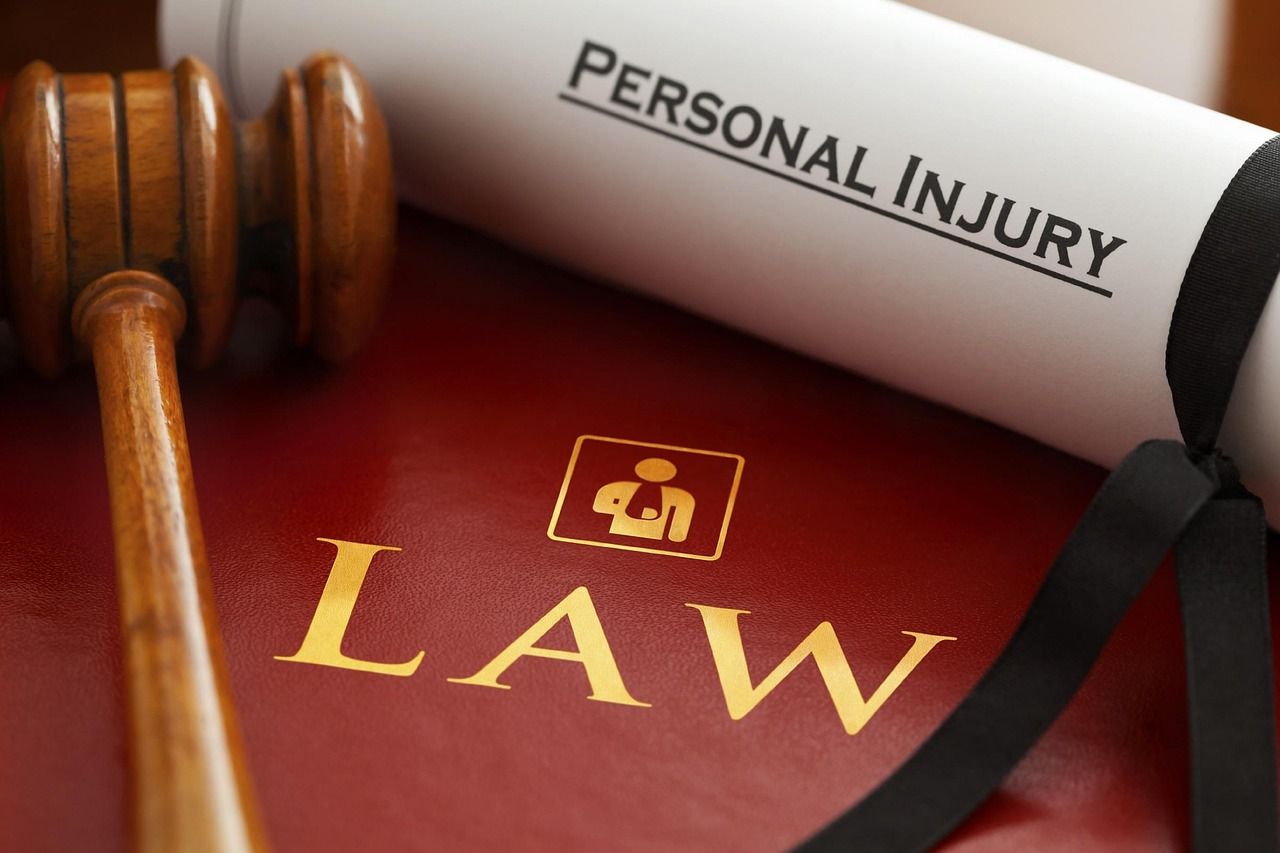Can an MRI Show Injuries Missed on an X-Ray?
After an accident, it’s natural to feel confused or overwhelmed about what to do next. You’ll likely be juggling many things at once, such as talking with insurance adjusters, getting estimates for property damage, attending to any injuries, and recovering from the trauma of the accident itself.
It’s essential to address all of these concerns, but the most important is your health. Yet, most people still aren’t able to answer basic questions like, “Should I get medical care/attention after an accident?” and “How long after an accident do injuries appear?” A personal injury attorney can help you find these answers.
To speak with a personal injury attorney about your options for medical treatment after an accident (including the option of getting an MRI), call me at Maran & Maran PC. I’m located in Newark, New Jersey, but can represent clients throughout Northern New Jersey, including Warren County, Sussex County, Passaic County, and Essex County.
The Dangers of Not Catching a Serious Injury
When you visit the doctor after an accident, they’ll most likely perform an X-ray to check for broken bones or dislocations since these are some of the more common injuries that occur. Unfortunately, many providers will stop at this step if they don’t see obvious signs of injury. Many injuries, especially those that occur after a car accident, can take days or even weeks for symptoms to show up and may be too subtle to be detected by an X-ray. If your doctor doesn’t catch these in time, it could mean that they’ll get worse without treatment.
When to Use X-Rays vs. MRIs
If you’ve already received an X-ray, you may be wondering, “Should I get an MRI after an injury as well?” While not everyone will need one, there are some important distinctions between an MRI and an X-ray that you should be aware of.
Understanding an X-Ray
An X-ray is a device that sends radiation through your body to generate an image that can show major issues with bones but cannot detect more subtle problems with soft tissue, inflammation, or minor fractures. X-rays are easy to administer and relatively inexpensive for both the provider and the patient. And, in many cases, they can be incredibly efficient and accurate at identifying injuries in bones since areas with high levels of calcium show up on the X-ray.
When an MRI Is Necessary
Like an X-ray, an MRI scanner (which stands for magnetic resonance imaging) also generates an image, but this device works by sending radio waves through your body that result in a more detailed, high-resolution picture that includes veins, soft tissue, nerves, and bones. Because of this, it can be used to detect more subtle injuries related to nerve damage, torn or strained ligaments, cartilage loss, joint inflammation, blood clots, organ injuries, or spinal injuries. Doctors can sometimes be more reluctant to order an MRI because of the cost and scheduling difficulty, but they can often find injuries that would otherwise go unnoticed.
What to Do if an X-Ray Doesn’t Show an Injury but You’re Still in Pain
If your X-ray showed no injuries but you’re still in pain, you need to contact your medical provider immediately and request further diagnostic tests, including an MRI. If your insurance provider is reluctant to authorize an MRI or if you’re working with another person’s insurance (such as in the case of a car accident), you can also reach out to a personal injury attorney who can advocate on your behalf for this treatment option.
Protect Your Health, Rights, and Future
If you’d like help answering the question, “What should I do after an injury?” or assistance filing an injury claim, contact my firm at Maran & Maran PC. I can help those in Newark, New Jersey, Somerset County, Hunterdon County, Mercer County, Monmouth County, Hudson County, Middlesex County, Union County, Bergen County, and Morris County.










